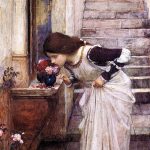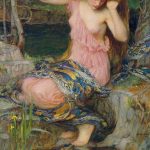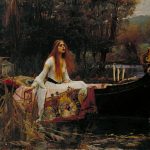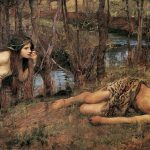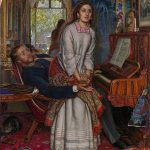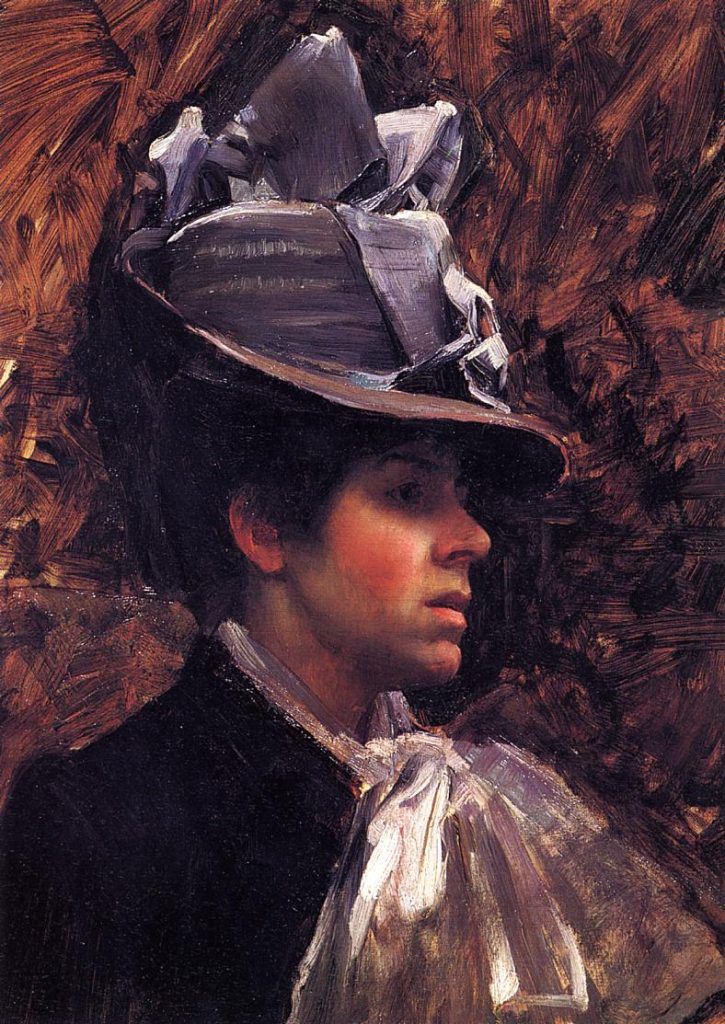
John William Waterhouse RA (6 April 1849 – 10 February 1917) was an English painter known for working first in the Academic style and for then embracing the Pre-Raphaelite Brotherhood‘s style and subject matter.
His artworks were known for their depictions of women from both ancient Greek mythology and Arthurian legend.
He soon began exhibiting at their annual summer exhibitions, focusing on the creation of large canvas works depicting scenes from the daily life and mythology of ancient Greece.
Waterhouse’s work is currently displayed at several major British art galleries, and the Royal Academy of Art organized a major retrospective of his work in 2009.
Watherhouse’s Beginnings
Waterhouse was born in the city of Rome to the English painters William and Isabella Waterhouse in 1849, in the same year that the members of the Pre-Raphaelite Brotherhood, including Dante Gabriel Rossetti, John Everett Millais
The exact date of his birth is unknown, though he was baptized on 6 April, and the later scholar of Waterhouse’s work, Peter Trippi, believed that he was born between 1 and 23 January.
His early life in Italy has been cited as one of the reasons many of his later paintings were set in ancient Rome or based upon scenes taken from Roman mythology.
In 1854, the Waterhouses returned to England and moved to a newly built house in South Kensington, London, which was near to the newly founded Victoria and Albert Museum.
Waterhouse, or ‘Nino’ as he was nicknamed, coming from an artistic family, was encouraged to become involved in drawing, and often sketched artworks that he found in the British Museum and the National Gallery.[ In 1871 he entered the Royal Academy of Art school, initially to study sculpture, before moving on to painting. Source: Wikipedia.

